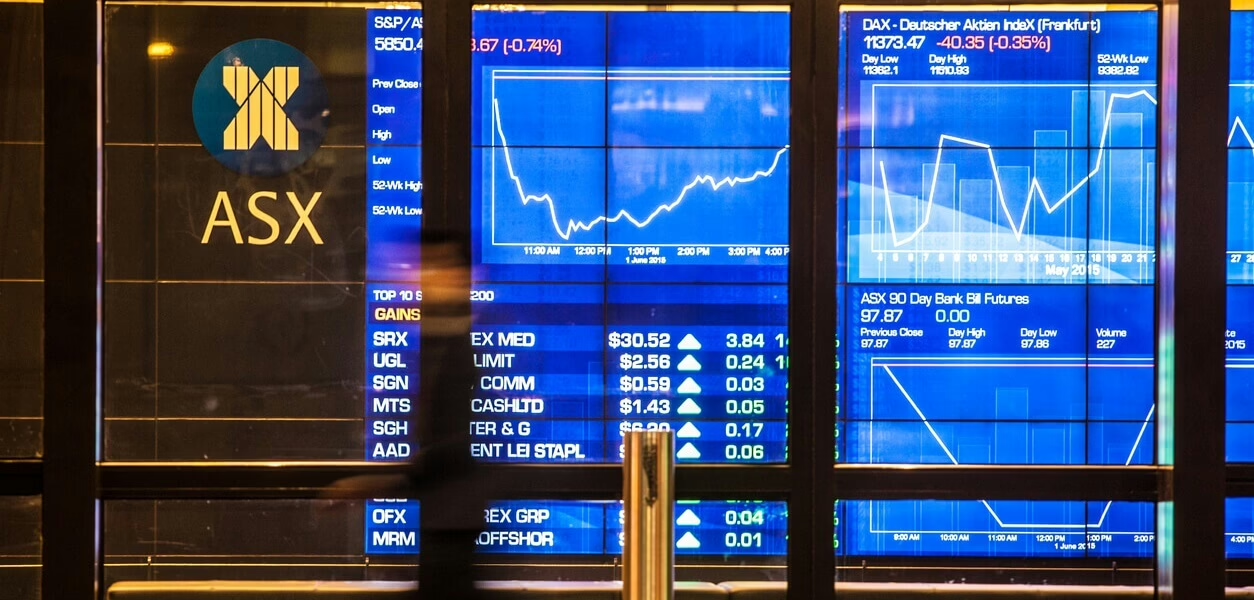
I remember presenting to an investors’ association and talking about long-term investing. It was a fun group, mostly retirees. One guy quipped: “What’s long term? We’re so old we don’t even buy green bananas any more.”
Well, that certainly put a perspective on it. We all have different views of what’s long term.
Why does your timeframe matter?
It matters in investing a lot, because it has a huge impact on how much investment risk, or volatility, you can take. The longer your time horizon the better you’re able to accept some short term swings in market values.
The share market, for instance, is famous for its volatility. Over time, shares have paid off very well for investors, much better than more conservative investments like cash and bonds. (Over 30 years through June 30 last year, Australian shares returned 9.9% per annum, Australian bonds 5.8% and Australian cash 4.2%.) Differences in returns might look small but when you compound your return over many years, it makes a huge difference. For example, $100,000 invested at 5% over 20 years grows to $265,000, to $321,000 at 6% and $673,000 at a growth rate of 10%.
In 2024 taking risks certainly paid off for investors as the Australian share market has earned over 10% and international markets much higher returns of about 27% aided by the effects of a weak Aussie dollar.
Would you like to know what’s ahead for 2025?
What will be the impact of a Donald Trump presidency? Or the Australian economy and an election by end May here? Sorry, the crystal ball is not working. Never has. Markets are just too unpredictable to try to forecast in the short run.
The Big Question
The big investing question remains, ‘What percentage of my retirement portfolio should be in shares? Super funds often say ‘growth assets’ and they might include real estate in this category.
If you have a longer timeframe, you can tolerate the risk of having a higher proportion of share investments in your portfolio. That’s why many super funds have so-called ‘lifecycle options’ where your super is invested according to your age. Younger members are put into very high growth options (typically 80-90% Australian and international shares and other growth assets) and older members are ‘de-risked’ by having much lower allocations to shares and more in fixed income investments.
(NB The question of how much to de-risk the portfolio is an active one in superannuation circles – some fund managers do it very aggressively and others more slowly.)
What’s your own timeframe?
It’s partly going to depend on your age…but also upon your views on life expectancy. How long will you live?
For 65-year-olds, average life expectancy is a couple of decades (87.8 for women and 85.2 for men according to the Australian Institute of Health and Welfare). That’s long term by any investor definition. As you get older, the number of years you have left is reduced and so is your investment horizon.
What other factors matter?
Besides time, it’s tolerance that counts most when deciding how much share market risk to take. Will it make you fret too much if the share markets take a swan dive, as they’re wont to do from time to time? Are you willing to stick it out when that happens? Because if it unnerves you when the market falls 15% or 20% or more, and you’re likely to panic and sell, you’re not going to be there for the rebound to capture the long-term advantage of share market investing.
Retirement Essentials retirement advisers can help you work out what’s right for you. They will help you gauge how much risk you are comfortable with and how different allocations to shares might pay off in higher or lower levels of retirement spending in different market scenarios. Our experienced advisers can also help you calculate the rate at which you can spend -and how much – as well as how long your savings will last.
How the Age Pension affects your retirement investing
Did you know that the Age Pension is a very important part of your investment portfolio? It can’t be sold like an asset…but it does generate an inflation-protected level of income that should last your lifetime. You can think of it like a component of your fixed income portfolio.
It’s highly valuable for both full and part-Age Pensioners. Over the course of your lifetime it might be worth a million dollars or more for a couple, as shown in this table. Even someone who doesn’t presently qualify, like a 67 year old with $1.5 million in assets is expected to get a lot of value from the Age Pension.
| Full Age Pensioner ($150,000 in assets) | Part-Age Pensioner ($500,000 in assets) | Future Age Pensioner ($1.5 million in assets) | |
| Single – Lifetime value of Age Pension | $756,000 | $685,000 | $272,000 |
| Single – Percentage of Retirement Income | 80.1% | 52.8% | 12.9% |
| Couple – Lifetime value of Age Pension | $1,142,000 | $1,136,000 | $647,000 |
| Couple – Percentage of Retirement Income | 86% | 64.5% | 26.3% |
Because the Age Pension acts as a conservative element of your portfolio, you can generally afford to take a bit more share market risk through your other assets such as super.
And for part-Age Pensioners, the means testing acts like an automatic stabiliser. If markets were to go down, thus affecting your super holdings, the amount of your Age Pension should go up. For each thousand dollars less you have (as a part-Age Pensioner), you should get an extra $78 per year in payout. And vice versa, if markets are good, your Age Pension might go down. This allows you to be a bit more comfortable with the risks of the share market as your range of outcomes is reduced.
Retirement Essentials advisers can show you the range of outcomes you can expect from your retirement portfolio including the impact of the Age Pension. Unlike most industry retirement forecasts, the Retirement Essentials modelling shows your likely range of spending scenarios. And that information can make you feel a lot more comfortable about your retirement.
Do you agree with Jeremy’s sentiments on time and tolerance?
Or are there other factors at play in your own investment outlook?
This article is provided by Retirement Essentials Representative Number: 001260855. We are an authorised representative of SuperEd Pty Ltd ABN 88 118 480 907 AFSL #468859. This information is not intended as financial product advice, legal advice or taxation advice. It does not take into account your personal situation, goals or needs and you should assess your own financial situation, consider if the information is suitable for you and ensure you read the relevant Product Disclosure Statement (PDS) if you choose to make any changes to your financial situation. It is always advisable to consult a financial adviser before making financial decisions.






It’s always comforting to take note of holistic financial advice to invest for the long term. Many retirees may not live long enough to take advantage of it as in my case. So, in my circumstances I invest for the short term which will look after the medium to long terms should it materialize for me. Due to current assets and superannuation, I do not qualify for any age pension so must rely on investing in the right asset classes to maintain an income. There is not enough sound financial advice from the guru’s as there not game enough to advise for the short term and would rather rely on the time-tested long-term strategy to advise people because most are risk adverse.
Hi Ian, Thanks for sharing such a thoughtful perspective! It’s such a personal decision and one that requires a careful balance, just as you’ve said. Your comment really reflects that understanding of the trade-offs involved – it’s not just about the numbers, but also about your time horizon, goals and what feels right for your personal situation.
Hello,Would you be so kind as to advise me! l am 67 and single semi retired lreceive part pension. Finding it easy to to save money every FN.I would like to know if l was to move 1 of my Term Dep into my Super Account would that increase the FN Pension? Kind regards Jane
Hi Jane, Nice to hear from you. There wouldn’t be an increase – Centrelink will assess it as a financial asset whether it’s a term deposit or in your superannuation account, now you are of Age Pension age. It might be worthwhile exploring strategies for managing your investments and super, if you’re unsure, you can book a free 10 minute consultation to see how we can assist.